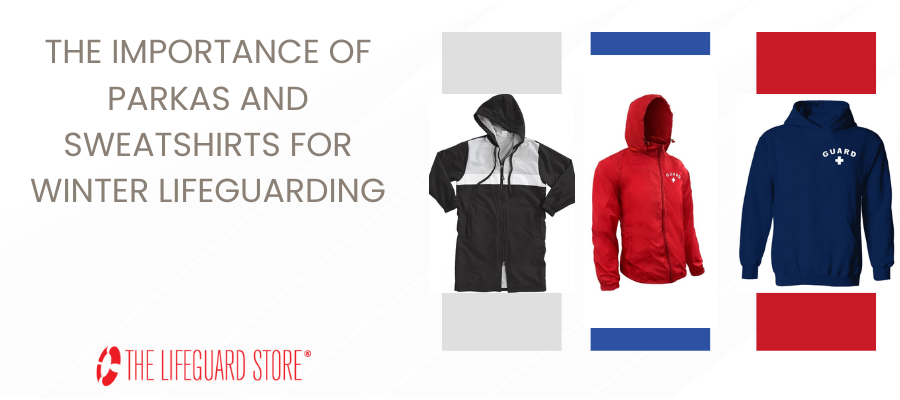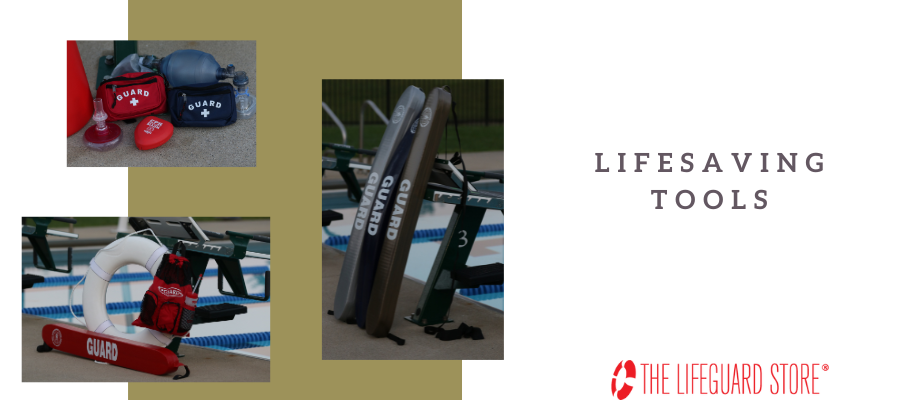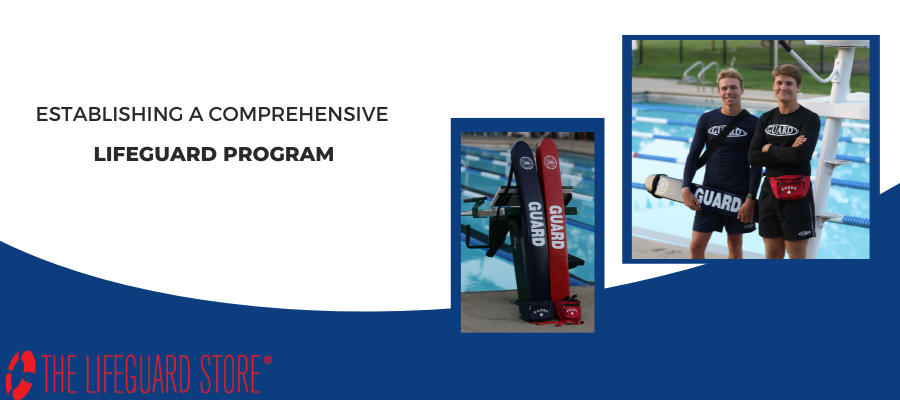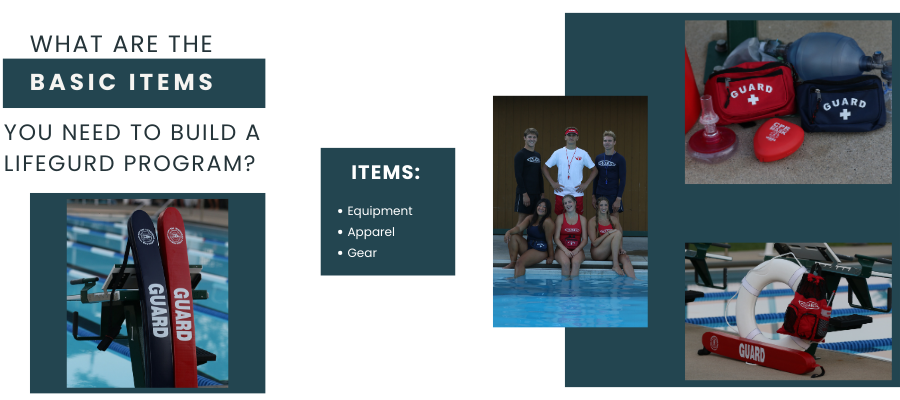How to Spot Drowning

How to Spot Drowning
Taking a trip to the pool or the beach is a favorite summertime way to help beat the heat. But when having fun around the water, it is always important to take precautions. One of the main fears is someone will drown.
Fortunately, there are steps you can take to help prevent drowning, to be able to recognize the signs of drowning, and to know what to do if someone begins to drown. Making sure you're equipped with the appropriate skills and equipment is crucial while swimming. It could save someone's life.
The Signs of Drowning
In TV shows or movies, it is almost impossible to miss that someone is drowning. Well, most of that is an exaggeration. It can actually be difficult to recognize when someone is drowning. If you spend a lot of time in or around the water, especially if you have younger children, you need to be able to recognize the signs of a distressed swimmer.
It is first important to note the motions of a distressed swimmer. Unlike in the movies, someone drowning won't usually have the ability to yell for help. Their head will be mostly submerged. Also, their arms won't be flailing about in an alarming manner. Usually, someone drowning will be making relatively normal swimming motions to try to get themselves back to the surface. You really have to be paying attention to someone, because their motions won't be an attention grabber.
For an older child or adult, they will typically be in a vertical position. Their head will probably be slightly sticking up out of the water and tilted back a little bit. Most people in this age category will have their arms out to the side or in front of them trying to push themselves back to the surface.
Infants and toddlers' heads are much heavier compared to the rest of their bodies. They won't have the strength to use their arms to move themselves around, so most distressed children will be lying facedown on the water. However, they could also be completely submerged or just have their mouth and nose underwater. A younger child that is drowning will be more still than an adult because they won't have the ability to fight to get above the surface.
For children, it only takes about 20 seconds for them to fall completely underwater. For adolescents, it takes about 60 seconds. In both cases, you have a very minimal amount of time to notice and help someone in distress before they fall under.
While some believe that children are the main victims of drowning, there is a chance anyone could become distressed and drown, even a professional swimmer. If you are at the beach or the pool, the best way to be able to quickly notice someone drowning is to watch VERY closely to everyone's actions while swimming.
What Do I Do If Someone Is Drowning?
There are several steps you need to follow to be able to truly identify when someone is drowning and get them to help they need.
- Call out to them. Like we've previously mentioned, someone drowning probably won't have the ability to talk. If you call out to them and they don't or can't respond, this is a pretty good sign they're in trouble.
- Have someone nearby call 911. No matter the situation, you should call 911. Even if it looks like the person will save themselves or someone can grab them quickly, you'll want an ambulance to come check out the patient. And if anything seems abnormal or if a hospital is truly needed, first responders will already be there to help.
- Resist the urge to jump in. Everyone's inclination is going to be to jump in and try to save the drowning swimmer. However, this action can actually cause more problems than it solves. A drowning swimmer's first instinct is to grab onto or pull on the person trying to save them, which means the person trying to help could also end up drowning.
- Try reaching for the person while you're still on land. If you're at the pool, try lying down on the surface around the pool and reaching your hand out to help the swimmer. If they're too far out to reach that way, try using the steps or ladder to get you closer. Whatever you do, make sure you have a very tight grip on someone so the distressed swimmer doesn't pull you in and possibly cause issues for you.
- Flotation device. If you're still unable to reach the distressed swimmer, try throwing them a flotation device. This device could be a pool float, life jacket or even a sealed cooler. Anything that will float that the swimmer can grab onto can help them out.
- Swim the flotation device to a distressed swimmer if needed. If you're in a larger pool or at the beach where you can't simply throw the device at the swimmer, you can quickly swim it out to them to grab onto. Just be extremely cautious if you have to do this. Don't make direct contact with the swimmer. If you aren't careful, you could both end up in distress.
- If the person is unconscious, get a flotation device around them. If a distressed swimmer has already fallen unconscious, get a flotation device around them to lift them out of the water. However, if the person has fallen unconscious and fallen below the surface, it could be difficult for you to swim down and grab them. At this point, it is highly recommended that you wait for a professional.
- Once the person has been saved (if no first responders have arrived yet), someone who knows CPR should preform it now if needed. If it is determined that the swimmer needs CPR, now would be the time for someone who knows the proper technique to perform that until a first responder can get there.
Everyone wants to help however they can, so it is important that you know what you need to do to truly help someone who is drowning — without endangering yourself.
Get the Lifeguard Equipment You Need to Help Prevent Drowning
To prevent drowning, you need to be prepared. You need to know what to do if someone is drowning. You should have all the necessary supplies and equipment to help a distressed swimmer until a first responder can get there.
The Lifeguard Store can provide you with the necessary rescue and training equipment to make sure you're prepared for any accidents while swimming. If you have a team of lifeguards that you need matching apparel and equipment for, you can create a custom store on our website!
You can shop all of our apparel and equipment online, but if you need any help or have questions or concerns, you can contact us via our website or give us a call at (800) 846-7052. Let us supply you with everything you need to save a life!!
Learn More About Safety Tips:
Share this post
Topics
- Swimming Tips
- 130513
- Fitness
- Prevention
- Technique
- Training
- Workout
- Contest
- POTW
- New
- Kirazies
- Swim Team
- Pool Equipment
- Digital Pace Clock
- Fins
- Swim Goggles
- Krazies
- Practice
- Breath control
- Pull
- Fuel
- Nutrition
- Tips
- Energy drinks
- Competition
- Events
- IMX
- Parent eductation
- Lunch
- Parent education
- Snacks
- Portable fuel
- Triathlon
- Breathing
- Goals
- Planning
- Preparedness
- Aerobic
- Anaerobic
- Hypoxic
- Cycle
- Age grouper
- Swim for life
- Age group
- Kids
- 11-12
- Meets
- Skills
- Swim Fins
- Spandex
- Polyester
- Speedo
- TYR
- Kiefer
- Dolfin
- Durafast
- Aqualast
- XLA
- PBT
- Endurance
- Recreation
- Swimming
- Suit
- Swimsuit
- Swim Caps
- Swim Safety
- Open Water Swimming
- Sim Safety
- Safer Swimmer
- Backstroke Flags
- Pool Flags
- Anti-fog Goggles
- Backstroke
- Swimming pool
- Turns
- Finishes
- Meters
- Yards
- Lycra Swimsuit
- Polyester Swimsuit
- Swimsuit Fabric
- Swimsuit Material
- Competitive Swimwear
- Learn To Swim
- Floaties
- Life jacket
- Life vest
- Racing Lanes
- Early workout
- Alarm
- Sleep
- Lifeguard
- Water Safety
- Mobile Friendly
- Lane Ropes
- Training Gear
- Kickboard Review
- Kickboard
- Olympic Swimmer
- Bathing Caps
- Lycra Caps
- Silicone Caps
- Latex Caps
- Swim Practice
- Swim Workout
- Pools
- Save our pools
- Motivation
- Swim Gear Advice
- Swim Sweepstakes
- Holiday shopping
- Gifts
- Holiday
- Thanksgiving
- Turkey day
- Holiday training
- 2014
- New Year
- Fun training
- Swimming Cramps
- Google Catalog
- Kiefer Catalog
- Swimsuit Catalog
- Lifeguard Catalog
- Swim Backpack
- Swim Cap
- Tech Suits
- Swim
- Christmas
- Swim Meets
- Swimming Trivia
- Swimsuit Sizing
- Swimming Stretches
- Swimming Injuries
- Swimmer Gifts
- Hand Paddles
- Olympic Swimming Comebacks
- Rio 2016
- Swimsuit Backs
- 15M Marker
- Dolfin Uglies
- Carb Loading
- Rescue Tube
- Underwater MP3 Player
- Swimming Songs
- Lifeguard Whistle
- Butterfly
- Swimming technique
- Technical suit
- Tech suit
- Usaswimming
- Ban
- Club swimming
- Olympic trials
- Age group swimming
- Arena
- Olympics
- World championships
- Super suit
Tags






Leave a Comment
Your email address will not be published. Required fields are marked *